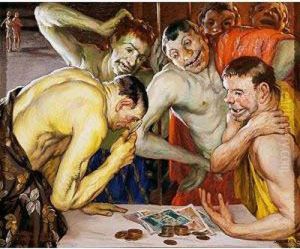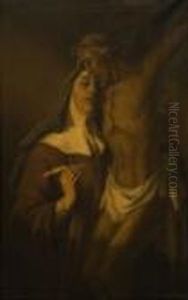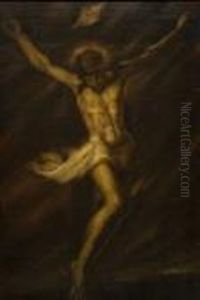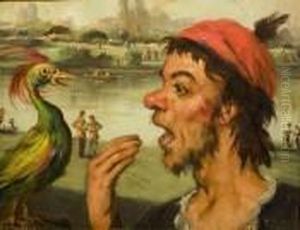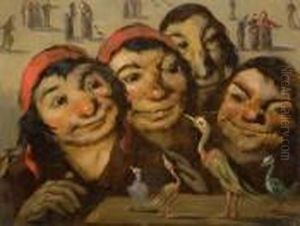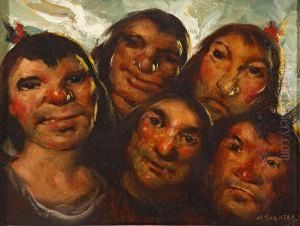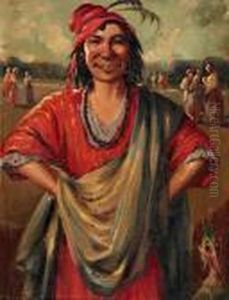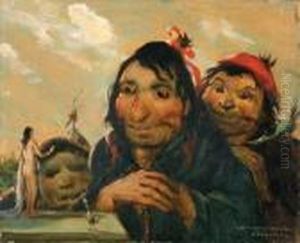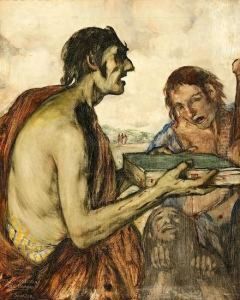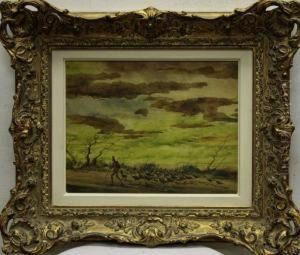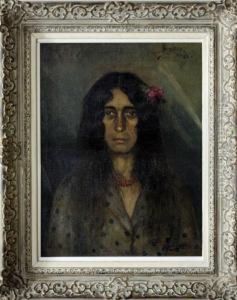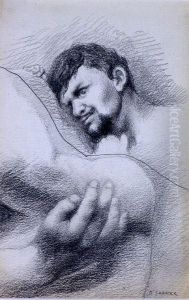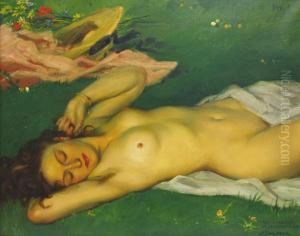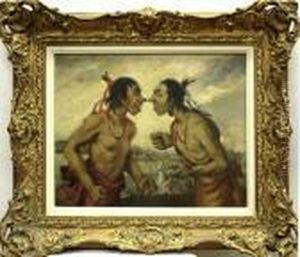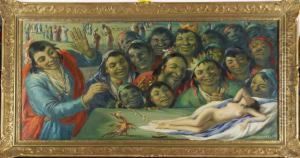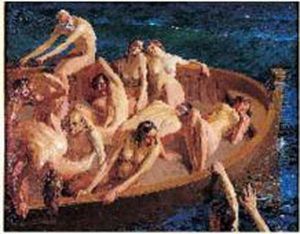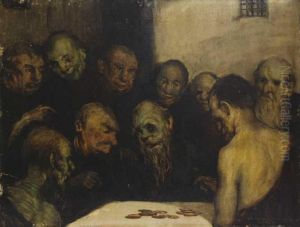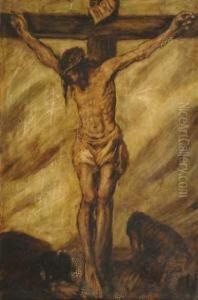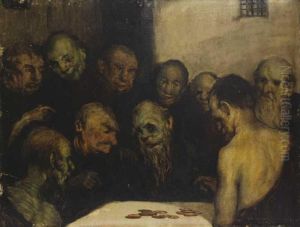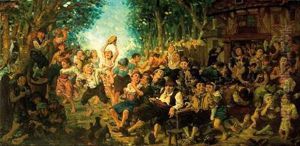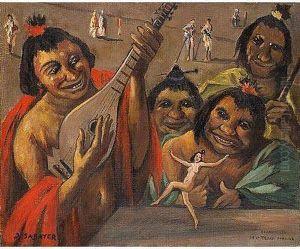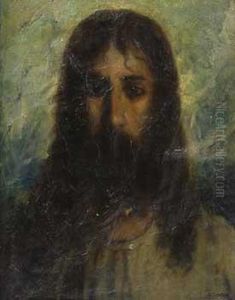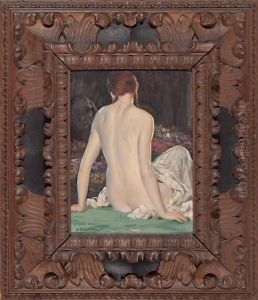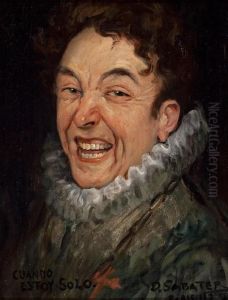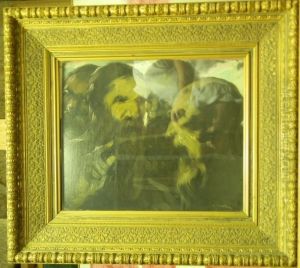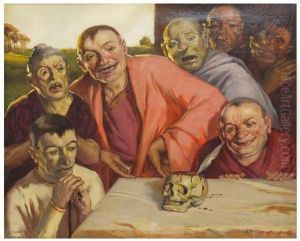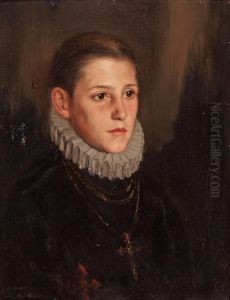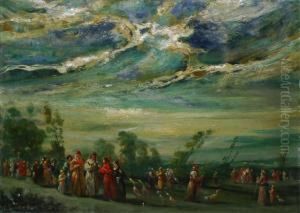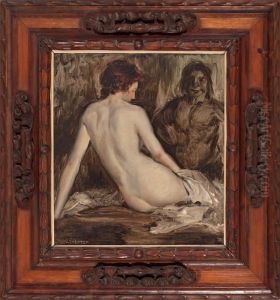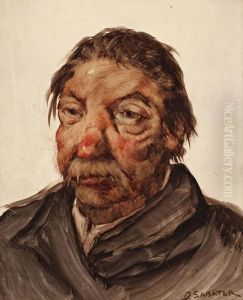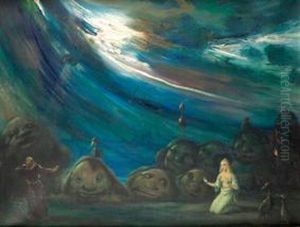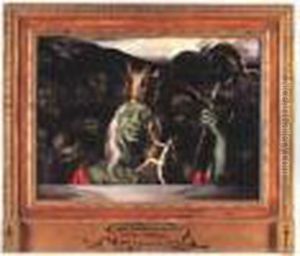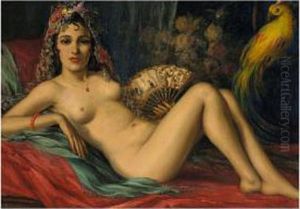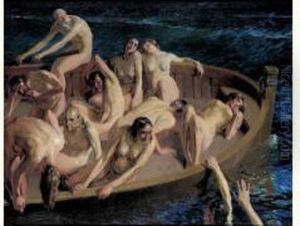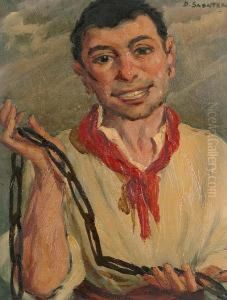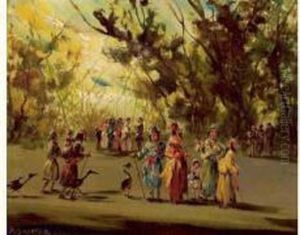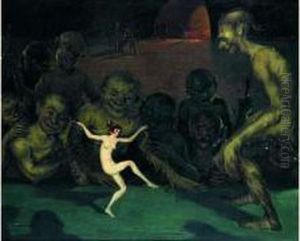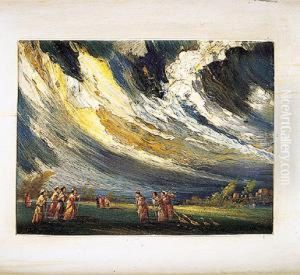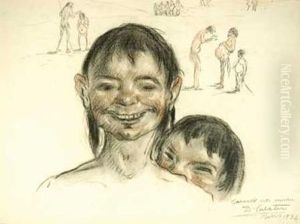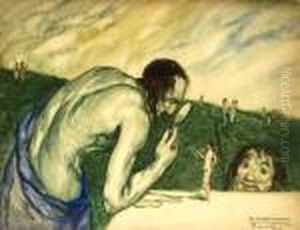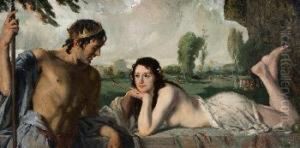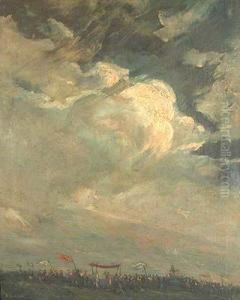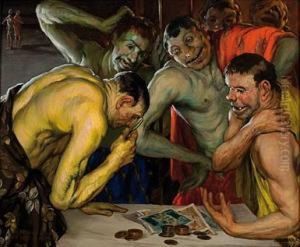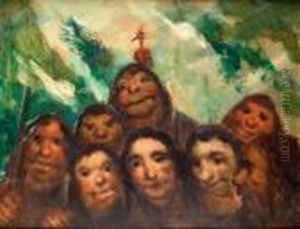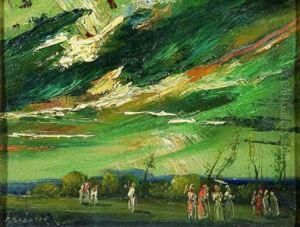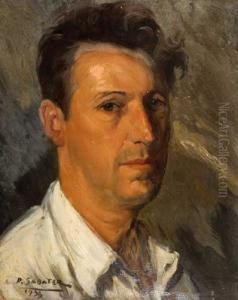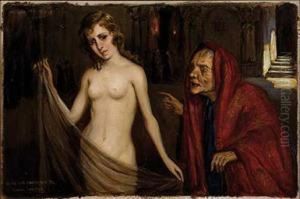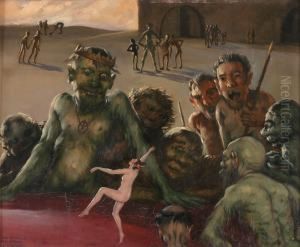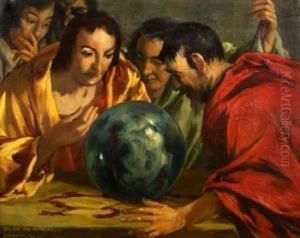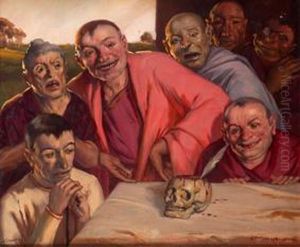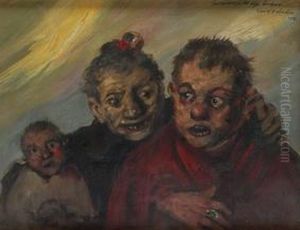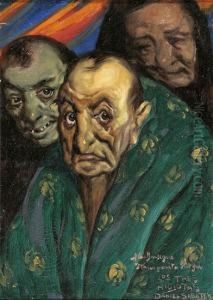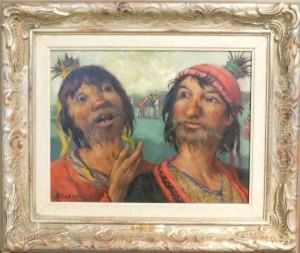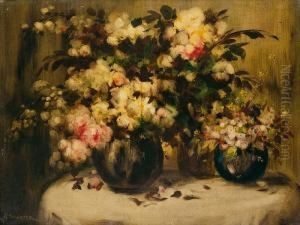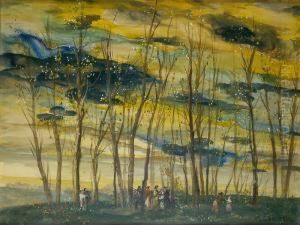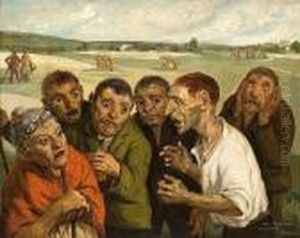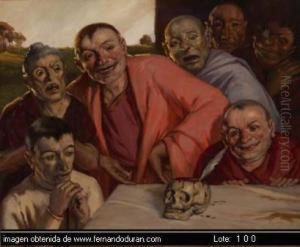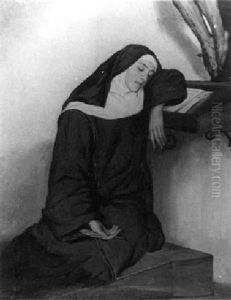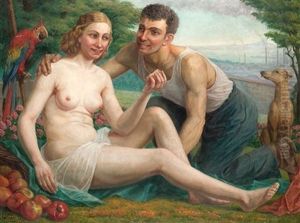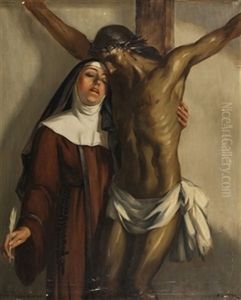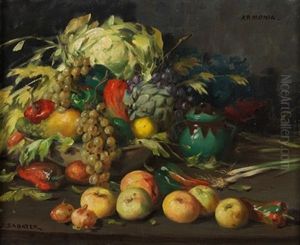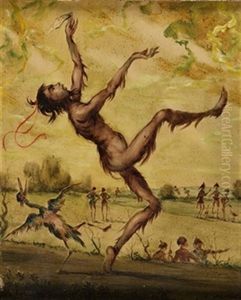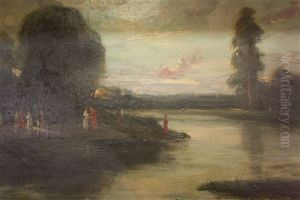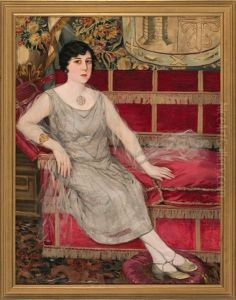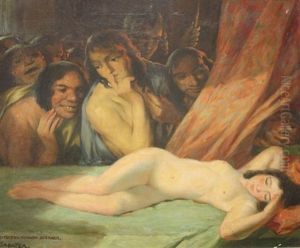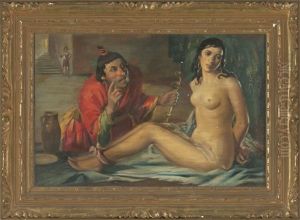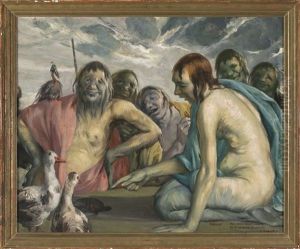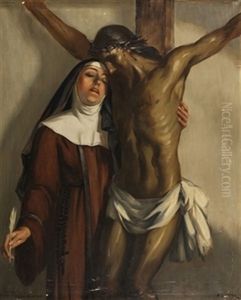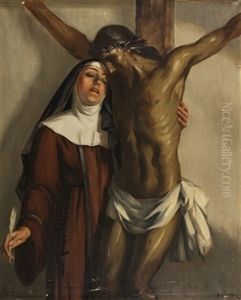Daniel Sabater Y Salabert Paintings
Daniel Sabater y Salabert was a notable Spanish painter, primarily known for his portraiture and genre scenes. Born on December 8, 1888, in Valencia, Spain, he was a part of an artistic family which undoubtedly influenced his early interest in art. His father, Daniel Sabater y Vilar, was also a painter, providing a creative environment for his growth as an artist.
Sabater y Salabert received his initial artistic training at the School of Fine Arts of San Carlos in Valencia. He further honed his skills in Madrid, where he studied under the tutelage of Joaquín Sorolla, one of the most prominent Spanish painters of the time. Sorolla, known for his masterful use of light, had a significant impact on Sabater's technique and stylistic development.
In 1908, Sabater y Salabert relocated to Rome, which was a hub for artists seeking classical education and inspiration. His time in Italy allowed him to study the works of the old masters, and he absorbed the influence of Renaissance and Baroque painting traditions. During World War I, he lived in Argentina and the United States, where he gained popularity and received numerous commissions for portraits from wealthy patrons.
Sabater y Salabert's work is characterized by his refined technique and ability to capture the psychological depth of his subjects. His portraits often reflect the social and cultural ambiance of the early 20th century. He also painted landscapes, still lifes, and historical scenes, but it was his portraiture that garnered the most acclaim.
Upon his return to Spain, Sabater y Salabert continued to paint and exhibit his work. He won several awards and honors throughout his career, including the Medal of Honor at the National Exhibition of Fine Arts in Spain. His works can be found in various museums and private collections around the world.
Daniel Sabater y Salabert passed away on January 16, 1951, in Valencia. Despite facing the challenges of the Spanish Civil War and the shifting tastes in art through the early to mid-20th century, he maintained a reputation as a skilled portraitist and an important figure in Spanish art history.
